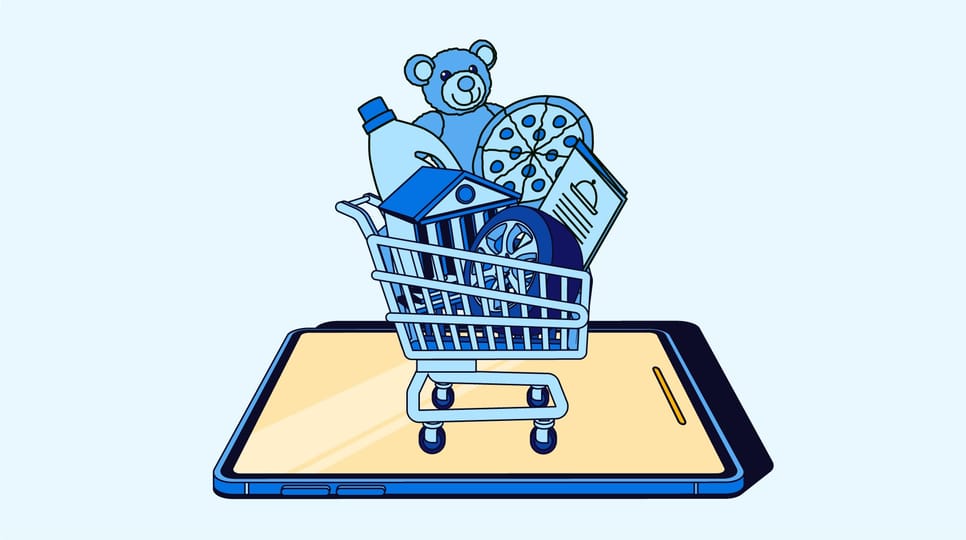Insights Publishers
The publisher’s guide to premium

Recruiting fraud is a growing issue for many companies.
The Trade Desk takes this issue seriously and is taking steps to address it.
Product
Industry
Automotive
Channel
Share:
EXECUTIVE SUMMARY
Stellantis wanted to solve its primary challenge with the launch of its new SUV – converting car enthusiasts to leads. We partnered with the brand to roll out an omnichannel strategy with targeting and measurement tools to enable better efficiency at every stage of the marketing funnel. Read this case study to learn how, in partnership with us, Stellantis achieved 87% fewer impressions for conversion.
BUSINESS OBJECTIVE
Stellantis, a multinational automotive company, owns iconic brands that are renowned for their outstanding design and performance, including Alfa Romeo, Jeep and Fiat. But in today’s crowded car market, the company found it difficult to convert auto enthusiasts into leads.
While Stellantis’ advertising campaigns have historically covered the entire funnel, the company recognised the need to further optimise its approach to effectively drive reach and move audiences through the sales funnel.
So Stellantis and its agency, Starcom, worked with us to run a full-funnel omnichannel campaign in Australia for the launch of its new Alfa Romeo Tonale SUV. This approach would enable it to optimise cross-channel activity and raise brand awareness – all while driving down the cost per lead for its key car-enthusiast audience.
THE SOLUTION AND RESULTS
Stellantis’ multifaceted omnichannel strategy on our platform included:
Stellantis was delighted with the success of its first integration of branding and performance marketing into one omnichannel campaign. They gained unparalleled insights into the consumer journey, helping them better understand the role of each channel – and of combined channels – in driving purchases.
As a result of this campaign, Stellantis gained valuable omnichannel insights – ranging from the most effective channels for driving conversions and impact of multiple channels on conversion times, to cost savings through optimised frequency control on a single platform – which the team can use to enhance future campaigns.
Fill out the form below to contact us and learn more about how to activate a full-funnel omnichannel campaign to help drive sales leads cost-efficiently.
Insights Publishers

Resources Retail Media

Insights Data and measurement
